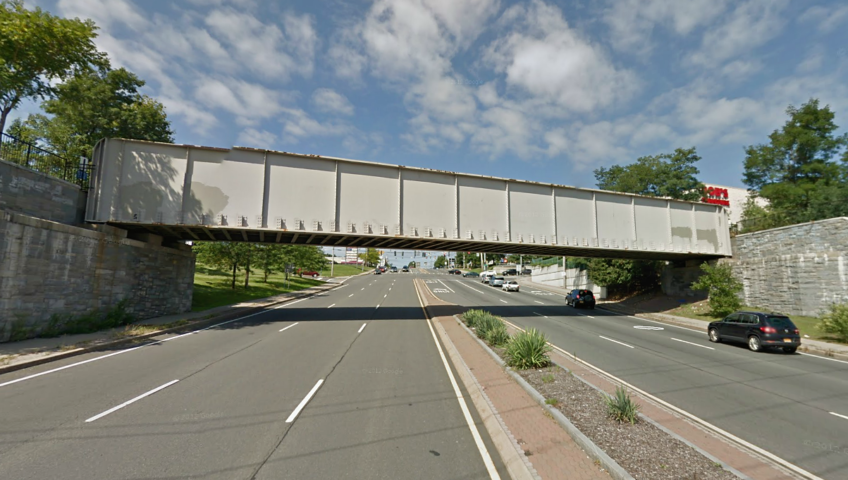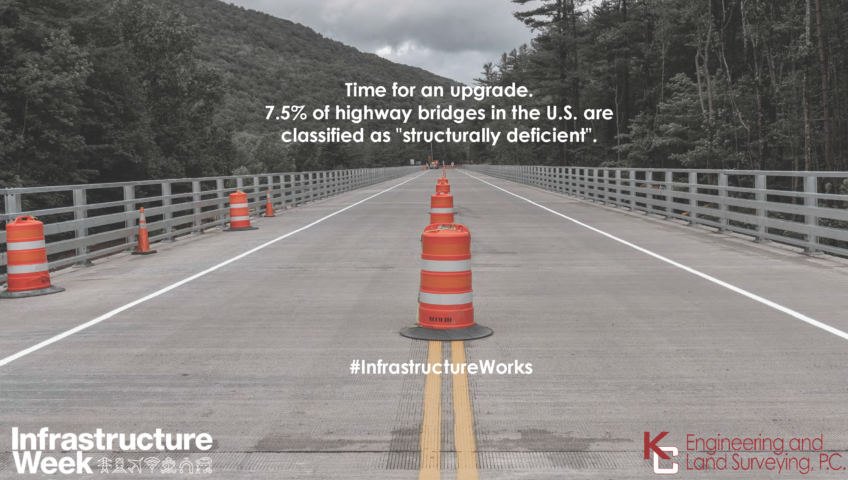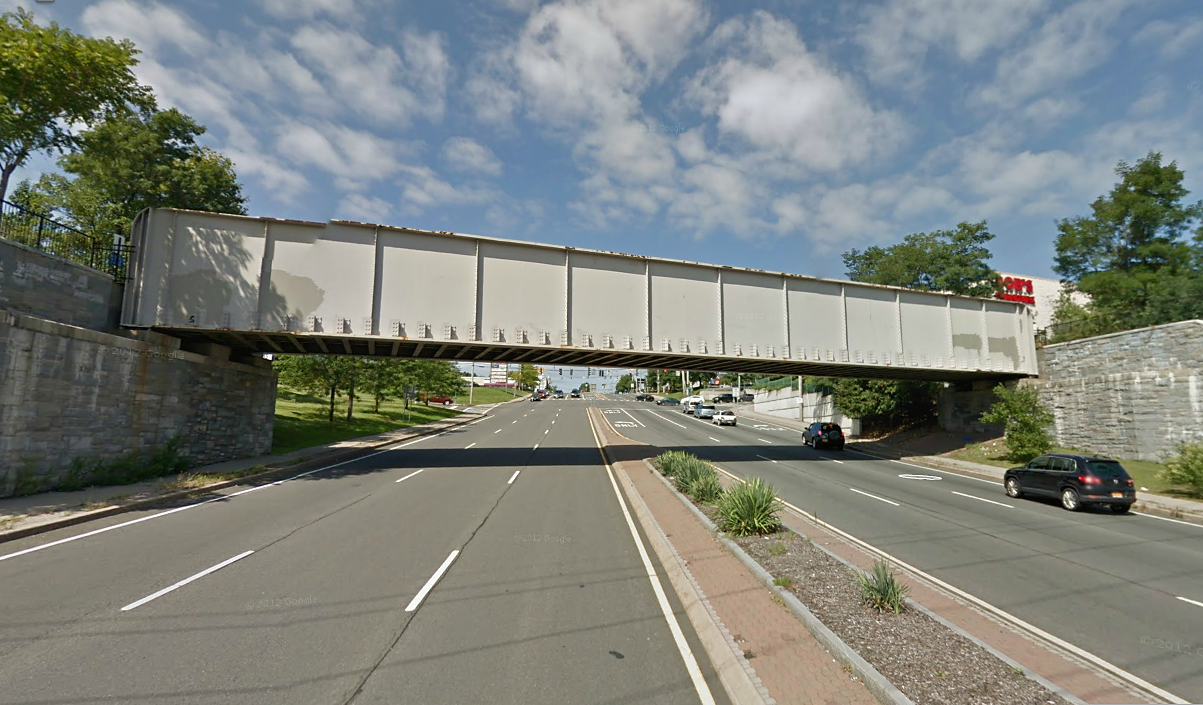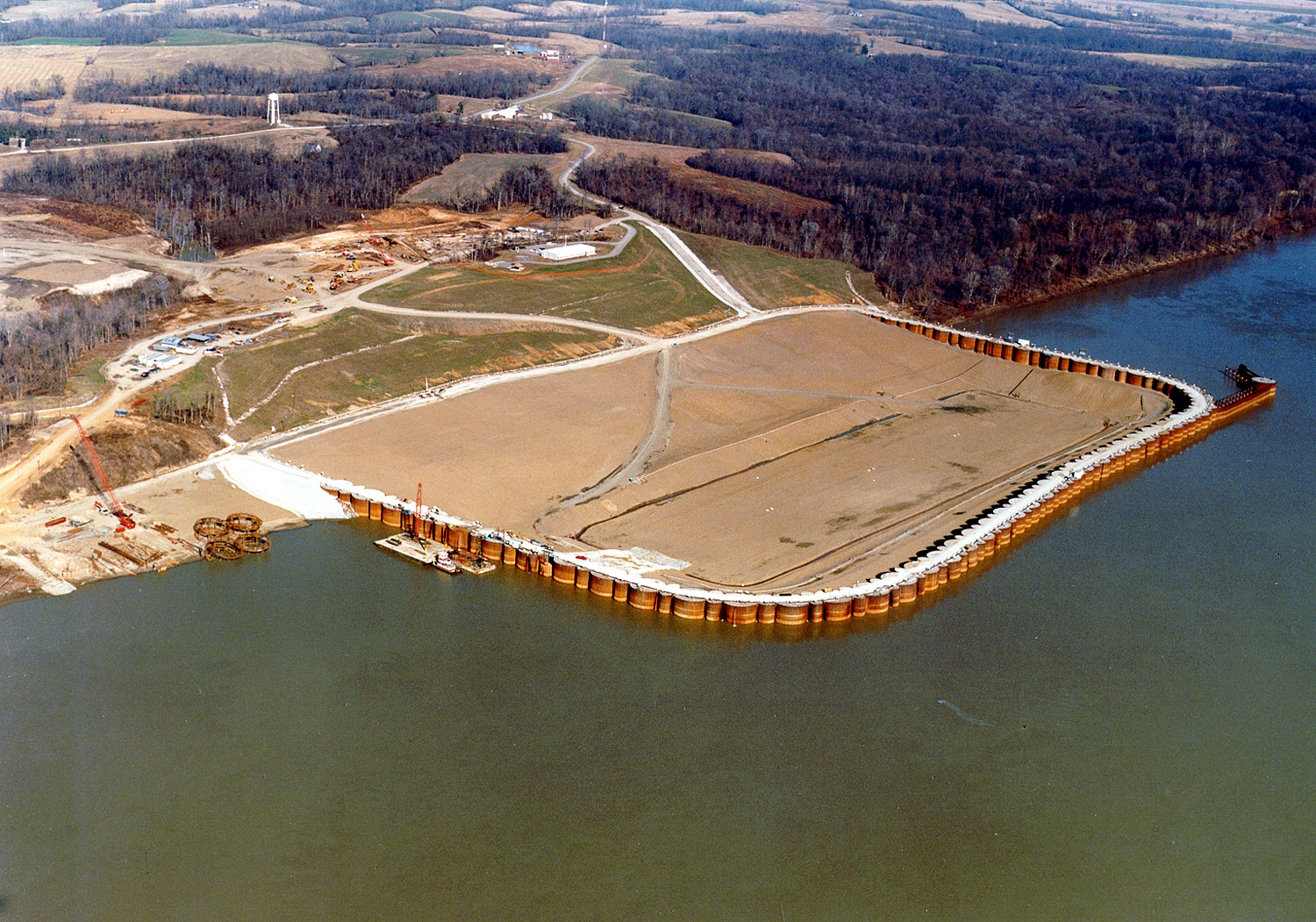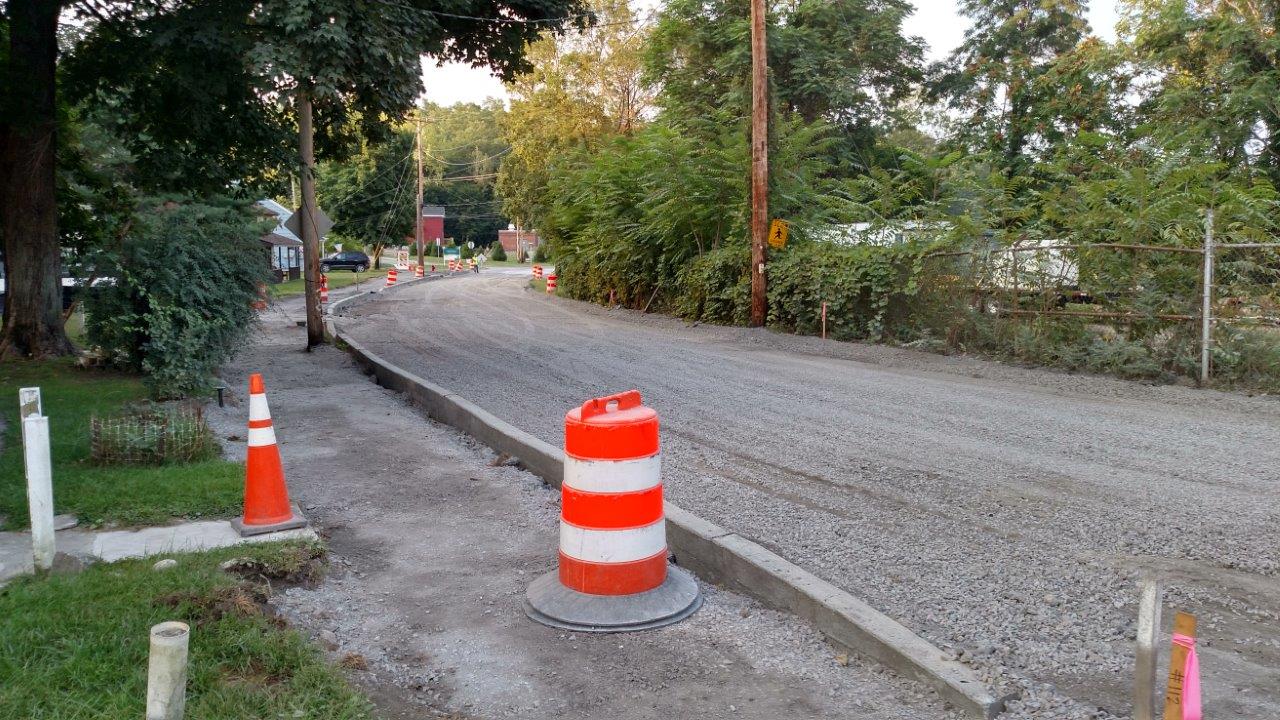How do we resolve a problem as widespread as nationally deficient bridge infrastructure?
Year after year, America’s deteriorating infrastructure is so critically neglected that now, in 2024, we face a multi-billion-dollar backlog for the rehabilitation of bridges, a vital facet of the nation’s transportation infrastructure.
While the number of structurally deficient bridges in the United States is down significantly from years past, according to an Infrastructure Report Card provided by the American Society of Civil Engineers, around 178 million trips are taken every day across these deficient bridges. Rehabilitation needs for bridges are backlogged at as much as $125 billion, an investment of over half of the funding already provided. These high repair and rehabilitation costs pose a nationwide challenge to state transportation agencies pursuing the construction of reliable infrastructure.
At KC Engineering and Land Surveying, P.C. (KC), structural engineering remains an integral part of our corporation’s contribution to providing safe, sufficient bridge infrastructure.
With projects like Thruway (I-95) Replacement of Two Bridges and Rehabilitation of Four Bridges; Region 8 Ulster County Design-Build Bridge Replacements; Park Avenue Viaduct at 118th Street; Replacement of Route 59 Bridge over MNRR; and Greenkill Avenue Bridge Replacement, KC is continuously able to provide survey services, design assessment, and structural analysis for the replacement and rehabilitation of damaged, deficient, and extremely vital bridge infrastructure in various counties of New York State.

